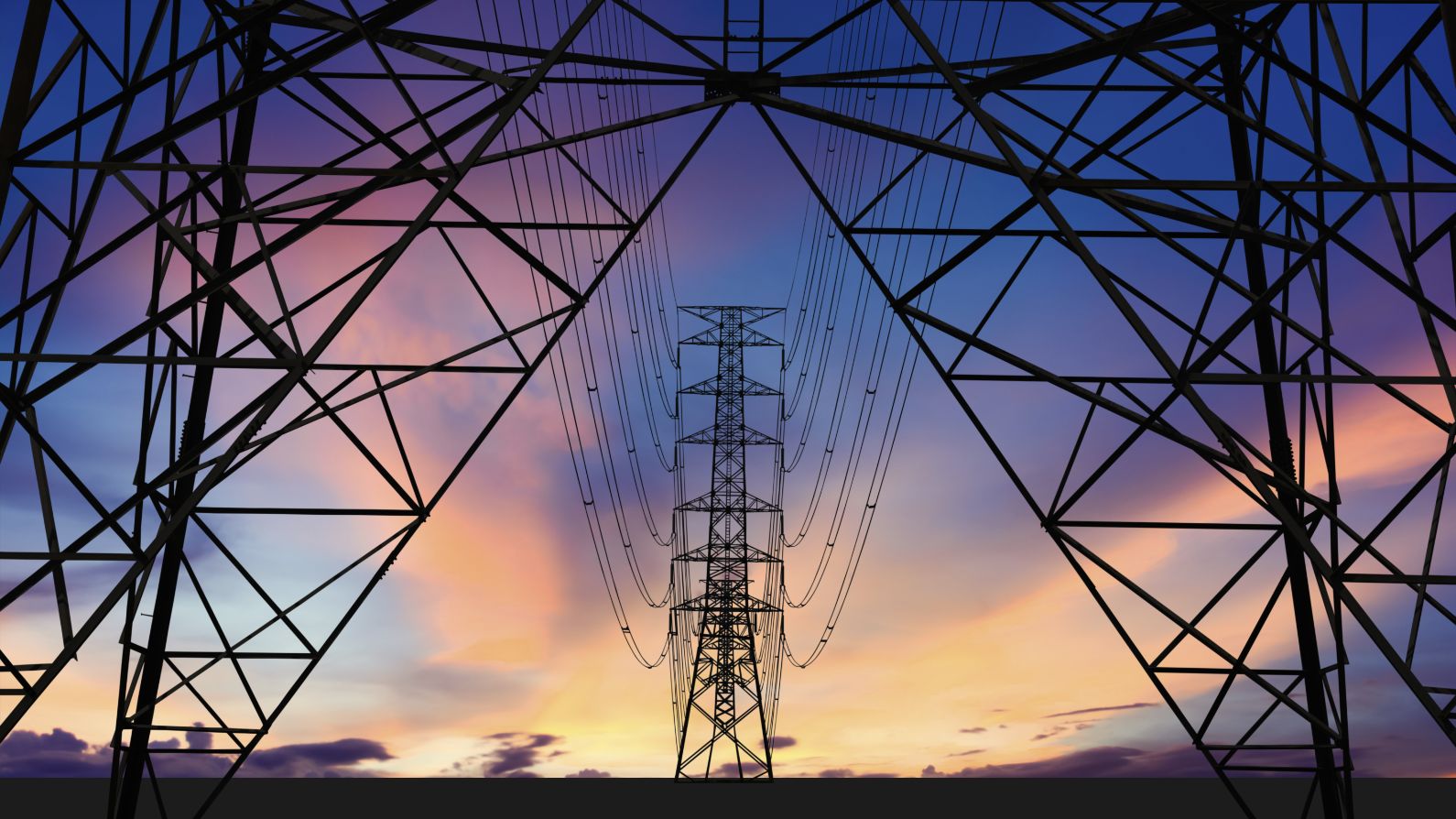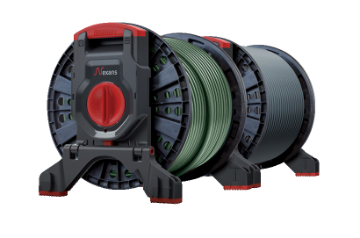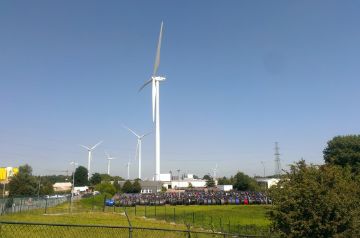- Produits
- Marchés
- News
- Outils et ressources
- RSE
- A propos de Nexans
- Recherche
- Contactez-nous
- Comparer
- Se connecter
Upcycle power grids with high-performance composite reinforced conductors

Grid congestion limits energy transition
Congestion of power grids – mainly composed of overhead lines (OHL) installed from the 50s to the late 90s – results in curtailment of renewable energy sources and costs billions of Euros per years. According to Ember, Germany spent more than 4 billion euro on congestion management in 2022, representing 30% of the average annual investment for the transmission system. At global scale, more than 1500GW of solar and wind projects were identified by IEA to be awaiting grid connections due to mismatched pace of investements between electricity production and transmission projects.
However, implementing new power lines often constitute long and highly complex process. Typical projects take years as they involve public acceptance, heavy routing and permitting procedures, and mobilize large investments. This contrast in timing between the need for quick grid capacity update and long project leadtimes will result in increased grid congestion with electrification and development of new electo-intensive usages such as datacenters.
of solar and wind projects awaiting grid connection according to IEA
Project cost savings from reconductoring
of Nexans HTLS conductors installed in Europe
Reconductoring with Nexans HTLS conductors, the fastlane to high-ampacity grids
Advanced overhead line conductors - such as Nexans Lo-SagTM or HVCRC® technologies - enhance the performance and efficiency of power transmission and distribution infrastructures to meet the evolving demand of the energy landscape with limited expenditure and simplified permitting procedures.
In contrast to standard solutions, the compact designs of High Temperature Low Sag (HTLS) advanced conductors integrate a composite core element, similar in nature to the ones used in aeronautics, stranded with trap-shaped aluminum wires. This lightweight construction makes it possible to double the current carrying capacity and reduce sagging, even at the highest operating temperatures.
The flexibility offered in current carrying capacity makes HTLS conductors the perfect match for efficient, fast and scalable integration of renewables. They offer the ability to both operate at optimized losses in standard conditions (up to -30% compared to standard conductors of same diameter) and carry high current levels without overheating during peak periods.
When used in reconductoring projects, HTLS advanced conductors upcycle existing overhead line infrastructures by doubling line capacity without increasing footprint nor artificialization of soils. Moreover, their lightweight design allows to reuse existing towers resulting in optimized capex (up to 70% savings), simplified permitting procedures and fast-tracked projects.

This lightweight conductor, patented by Nexans in the 2010’s, is designed with outer layers in aluminum or thermal aluminum alloy Z shaped wires and central composite core with 100% of carbon fibers encapsulated in an aluminum tube. It offers a compact design and high tensile strength. It can be operated continuously at 160°C with extremely low sag and no galvanic corrosion of the core.
Developed in collaboration with Epsilon Composites this generation of HTLS conductors is made of outer layers in aluminum trap-shaped wires and central composite core including continuous carbon fiber and glass fibers. It can be operated continuously at 180°C with low or ultra-low sag. It offers doubled ampacity compared to standard conductors of similar weight and diameter and is the preferred option for reconductoring projects combining high ampacity performance with quicker return on capital employed.

Nos sites web
Sélectionnez votre pays pour trouver nos produits et solutions
-
Afrique
- Afrique
- Côte d'Ivoire
- Ghana
- Maroc
- Zone Afrique du Nord
- Amériques
- Asie
- Europe
- Océanie


